During the dog days of summer, spring can feel like a lifetime ago, and next spring feels even further off. While it would be easy to coast through the next month soaking up the beauty of our dahlias and other late summer blooms, I know I need to be thinking and planning ahead for spring now.
Part of that preparation means making sure I have hardy annual flower seeds ready to sow in the garden this autumn in order to ensure a full flush of blooms during mid-late spring. These flowers fill an important gap between early spring bulbs like narcissus, tulips and anemones and late spring staples like peonies and field grown sweet peas.
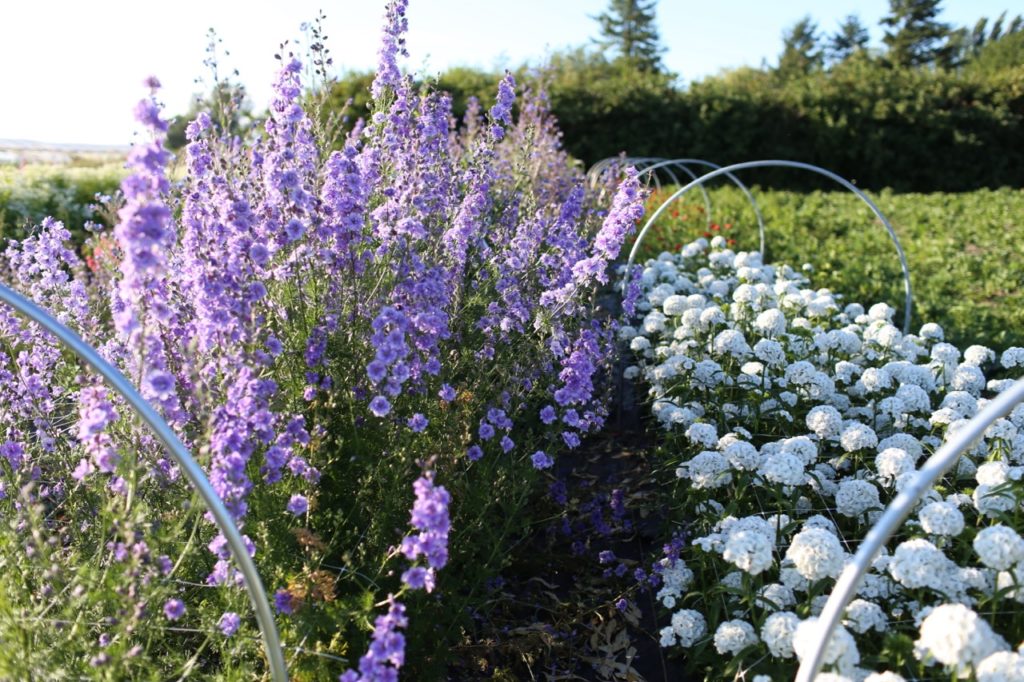 In all but the very coldest growing zones, fall-sown hardy annuals are a great way to get a jump start on next year’s cut flower garden, but that’s only if you remember to order your seeds and plant them on time! Trust me, I’ve goofed this up more times than I’d like to admit. Hopefully this post will help you avoid making the same mistake.
In all but the very coldest growing zones, fall-sown hardy annuals are a great way to get a jump start on next year’s cut flower garden, but that’s only if you remember to order your seeds and plant them on time! Trust me, I’ve goofed this up more times than I’d like to admit. Hopefully this post will help you avoid making the same mistake.
Depending on your climate, most hardy annual flowers can be sown directly into prepared beds in your garden in late summer and early autumn. That means you don’t have to fuss with filling seed trays and babying seedlings in a greenhouse for months before transplanting them outside. These cold-tolerant plants will have time to become established and build a strong root system before the cold winter weather sets in.
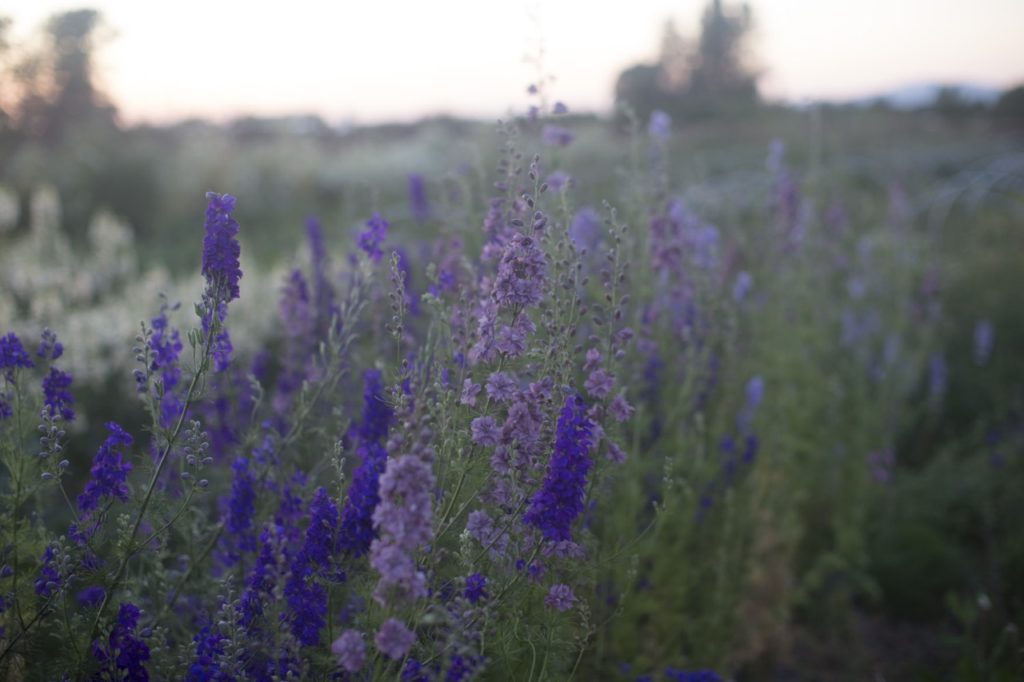 Here’s my go-to list of fall-sown hardy annual favorites:
Here’s my go-to list of fall-sown hardy annual favorites:
Larkspur: One of the easiest spring flowers to grow from seed, larkspur provides tall spikes of color that look stunning in the field and the vase. Great in early season mixed bouquets, these versatile flowers can also be dried for later use. My all time favorite variety is the smoky purple ‘Earl Grey’. I also custom blended a mix of dark indigo, periwinkle, a frosty blue and white bicolor and pure white as part of Floret’s Summer Sky Larkspur Mix.
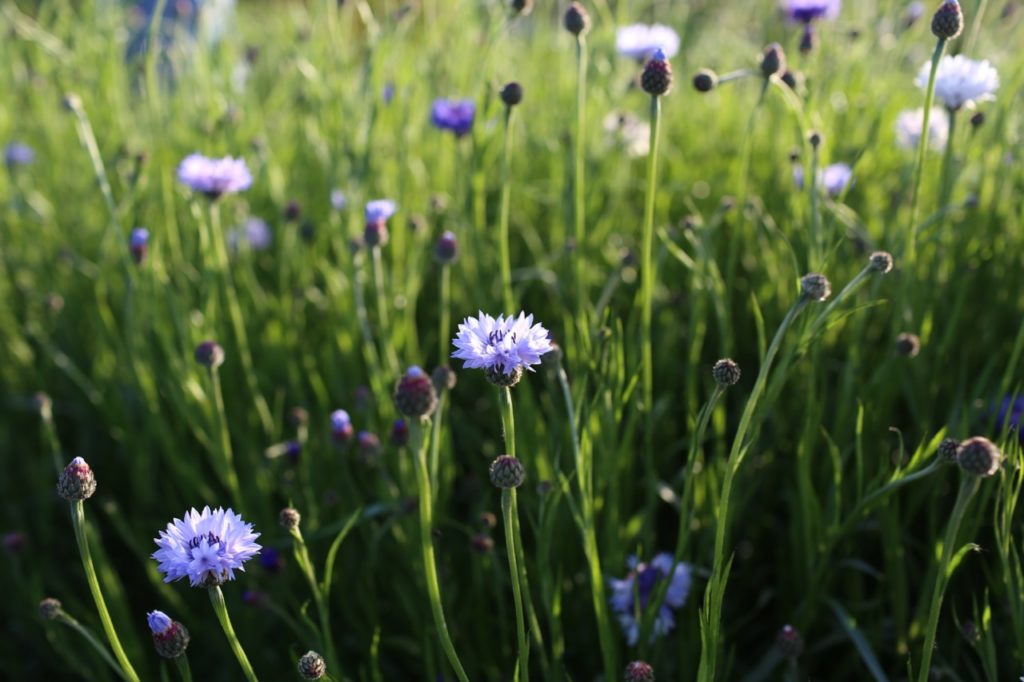 Bachelor’s Buttons: Also called cornflowers, Bachelor’s Buttons (Centaurea cyanus) are classic cottage garden flowers that are most often seen in their distinctive bright blue hue. If you venture beyond the typical garden center seed racks, however, you will find that they come in a wide range of colors from pastel pinks and lavender to deeper magenta and merlot-colored blooms. They are a pain to pick, but since they are so easy to grow, I always tuck a few rows in during the fall for early spring bouquets.
Bachelor’s Buttons: Also called cornflowers, Bachelor’s Buttons (Centaurea cyanus) are classic cottage garden flowers that are most often seen in their distinctive bright blue hue. If you venture beyond the typical garden center seed racks, however, you will find that they come in a wide range of colors from pastel pinks and lavender to deeper magenta and merlot-colored blooms. They are a pain to pick, but since they are so easy to grow, I always tuck a few rows in during the fall for early spring bouquets.
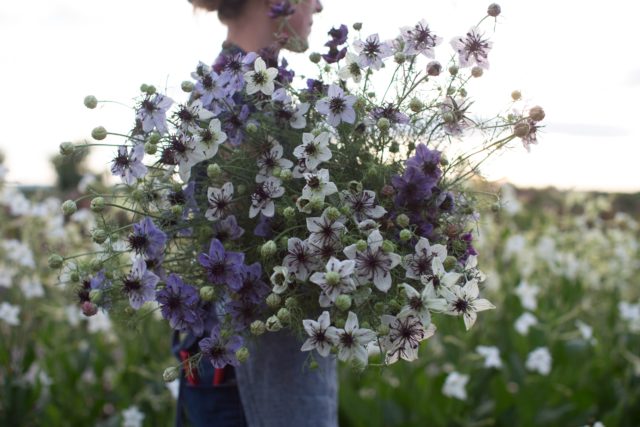 Love-in-a-Mist: With lacy, star-shaped flowers framed by a delicate halo of fringed foliage, Love-in-a-Mist (Nigella papillosa) adds incredible texture to bouquets. When left on the plant, the flower forms a beautiful pod that is great in design work. Two of my favorites are ‘African Bride‘ and ‘Cramer’s Plum.’ In the Floret Shop, you can find our custom Starry Nights Mix which produce lavender, royal blue and white blooms, all with spidery black centers. Another fun variety is Love-in-a-Mist ‘Transformer’ (Nigella orientalis) which produces an unusual seed pod that looks like the shape of a court jester’s hat.
Love-in-a-Mist: With lacy, star-shaped flowers framed by a delicate halo of fringed foliage, Love-in-a-Mist (Nigella papillosa) adds incredible texture to bouquets. When left on the plant, the flower forms a beautiful pod that is great in design work. Two of my favorites are ‘African Bride‘ and ‘Cramer’s Plum.’ In the Floret Shop, you can find our custom Starry Nights Mix which produce lavender, royal blue and white blooms, all with spidery black centers. Another fun variety is Love-in-a-Mist ‘Transformer’ (Nigella orientalis) which produces an unusual seed pod that looks like the shape of a court jester’s hat.
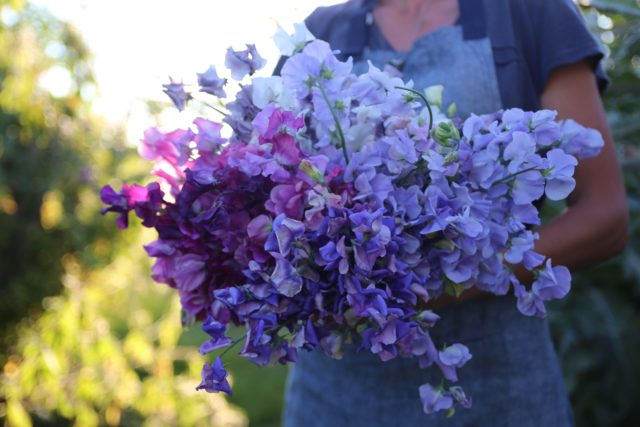 Sweet Peas: Over the years I tested out numerous ways to grow the very best sweet peas (Lathyrus odoratus) I can. After much trial and error I’ve found that fall sown plants outperform spring ones by almost double.
Sweet Peas: Over the years I tested out numerous ways to grow the very best sweet peas (Lathyrus odoratus) I can. After much trial and error I’ve found that fall sown plants outperform spring ones by almost double.
I start seed in October/November and then overwinter the plants in my minimally heated greenhouse until it’s safe to transplant them out into the hoop houses (Feb.) and the field (mid March). If you live in a cold climate, or don’t have any heated greenhouse space then you’ll want to stick with late winter sowing. Read more about how to grow sweet peas on our Resources page.
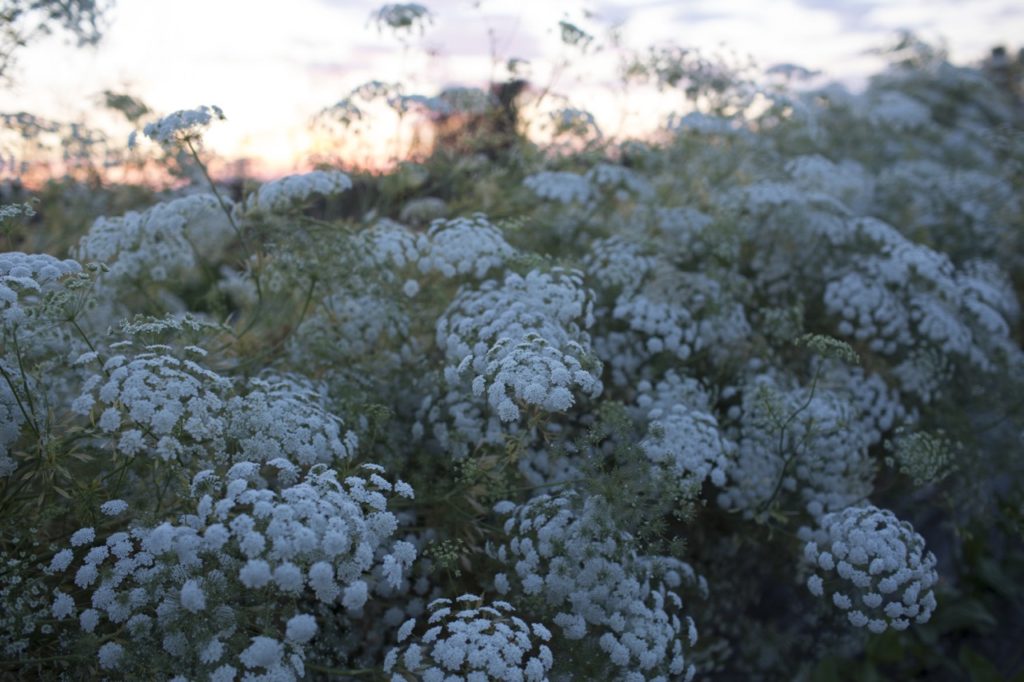 Queen Anne’s Lace: These lacy, umbel-shaped flowers are easy to grow and add great texture to any floral arrangement. Queen Anne’s Lace (Ammi majus) ‘Queen of Africa,’ ‘Green Mist,’ ‘Casablanca,’ and ‘Graceland’ have been huge producers for us and are the backbone of our early season bouquets. I direct seed them into the garden and then build a low caterpillar-type tunnel over them before winter arrives. This added layer of protection from the elements is all they need to winter over and be flowering in abundance by late May.
Queen Anne’s Lace: These lacy, umbel-shaped flowers are easy to grow and add great texture to any floral arrangement. Queen Anne’s Lace (Ammi majus) ‘Queen of Africa,’ ‘Green Mist,’ ‘Casablanca,’ and ‘Graceland’ have been huge producers for us and are the backbone of our early season bouquets. I direct seed them into the garden and then build a low caterpillar-type tunnel over them before winter arrives. This added layer of protection from the elements is all they need to winter over and be flowering in abundance by late May.
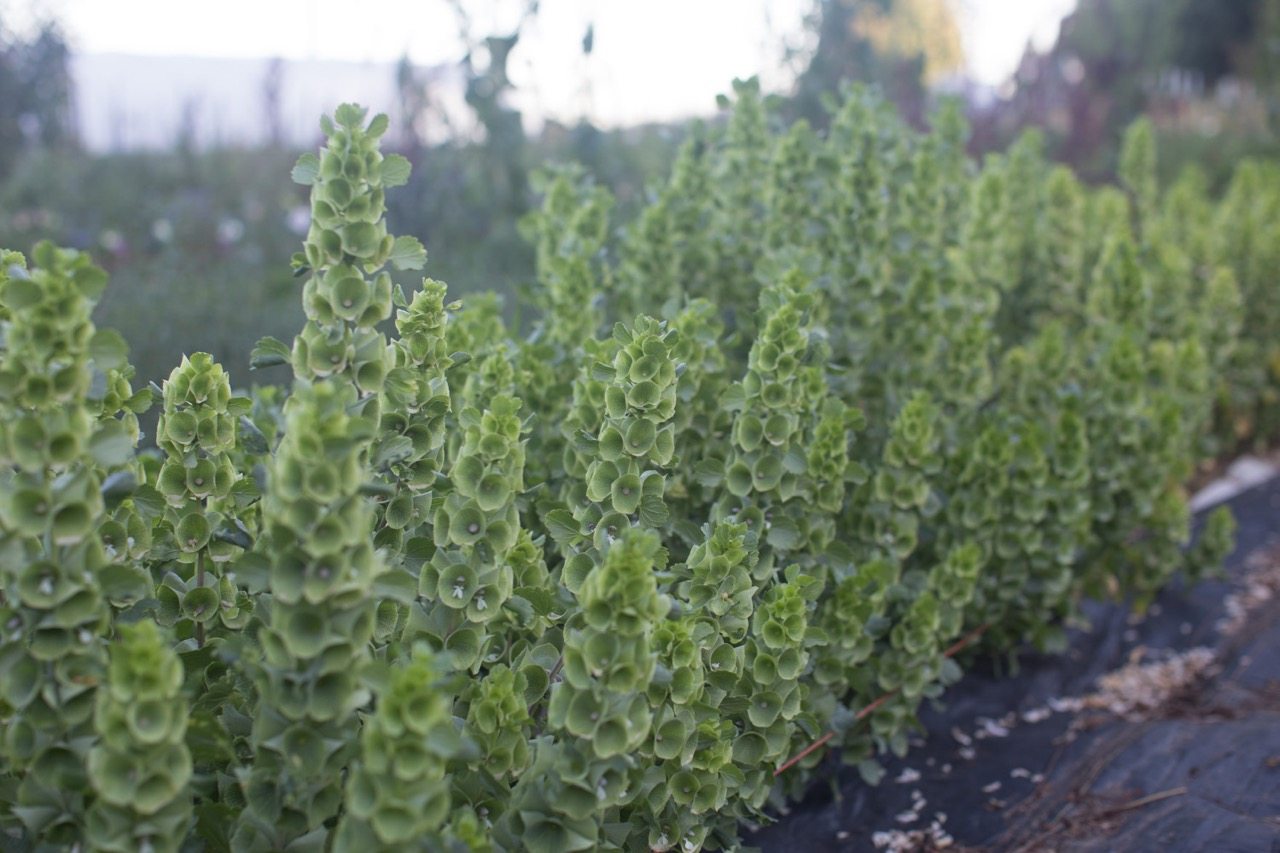 Bells of Ireland: With giant green spires ringed with cone-shaped flowers, Bells of Ireland (Moluccella laevis) add drama and fragrance to bouquets. Bells of Ireland like cool weather and can be tough to transplant, so direct sowing is a great way to ensure these flowers get off to a good start in your garden.
Bells of Ireland: With giant green spires ringed with cone-shaped flowers, Bells of Ireland (Moluccella laevis) add drama and fragrance to bouquets. Bells of Ireland like cool weather and can be tough to transplant, so direct sowing is a great way to ensure these flowers get off to a good start in your garden.
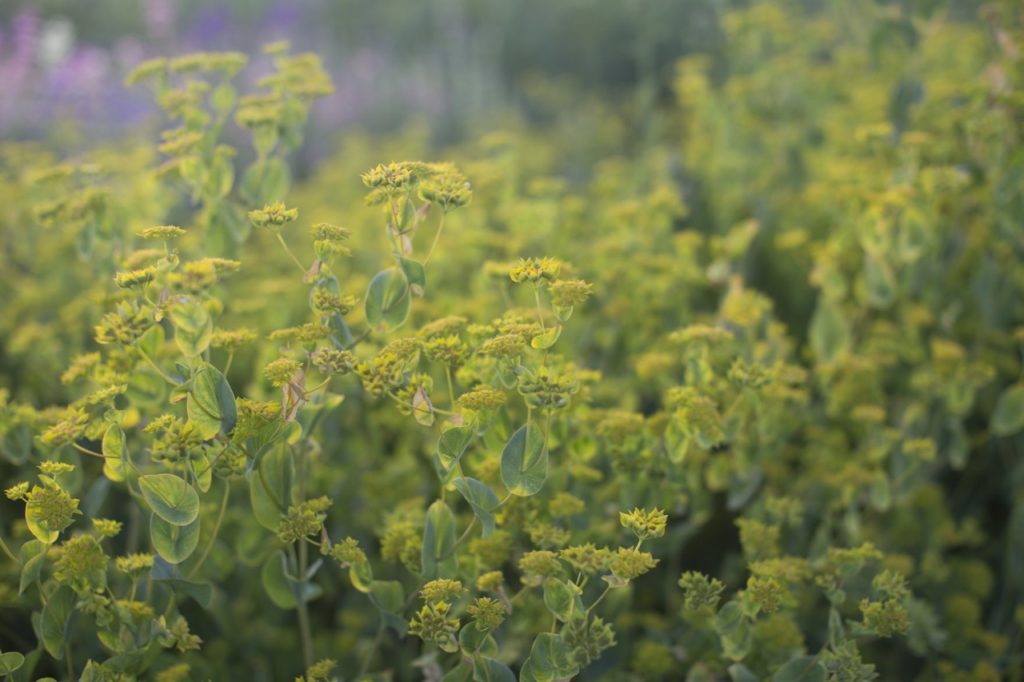 Bupleurum: Late spring bouquets would be impossible to create without this fantastic filler. The airy flower heads and the limey, citrusy hues of Bupleurum Griffithi (Bupleurum rotundifolium) combine beautifully with almost everything. These guys are finicky to start indoors so direct seeding in the fall is a great way to ensure you have plentiful fillers to pick come springtime.
Bupleurum: Late spring bouquets would be impossible to create without this fantastic filler. The airy flower heads and the limey, citrusy hues of Bupleurum Griffithi (Bupleurum rotundifolium) combine beautifully with almost everything. These guys are finicky to start indoors so direct seeding in the fall is a great way to ensure you have plentiful fillers to pick come springtime.
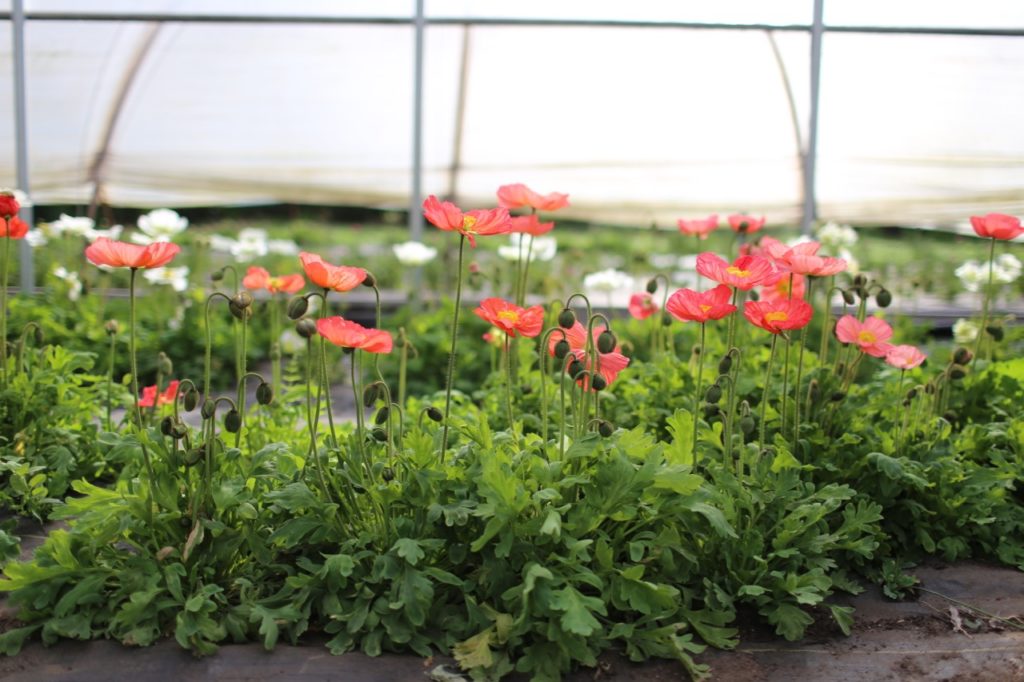 Iceland Poppies: To get a jump on spring, I always start Iceland poppies (Papaver nudicaule) from seed in early September and tuck them into the hoophouse by late October. They can also be tucked into a low caterpillar-type tunnel. This approach gives me armloads of the delicate, silk like flowers from late March through early May. Some of my favorites are Sherbet Mix and Champagne Bubbles. Learn more about growing poppies in Floret’s Poppy Primer.
Iceland Poppies: To get a jump on spring, I always start Iceland poppies (Papaver nudicaule) from seed in early September and tuck them into the hoophouse by late October. They can also be tucked into a low caterpillar-type tunnel. This approach gives me armloads of the delicate, silk like flowers from late March through early May. Some of my favorites are Sherbet Mix and Champagne Bubbles. Learn more about growing poppies in Floret’s Poppy Primer.
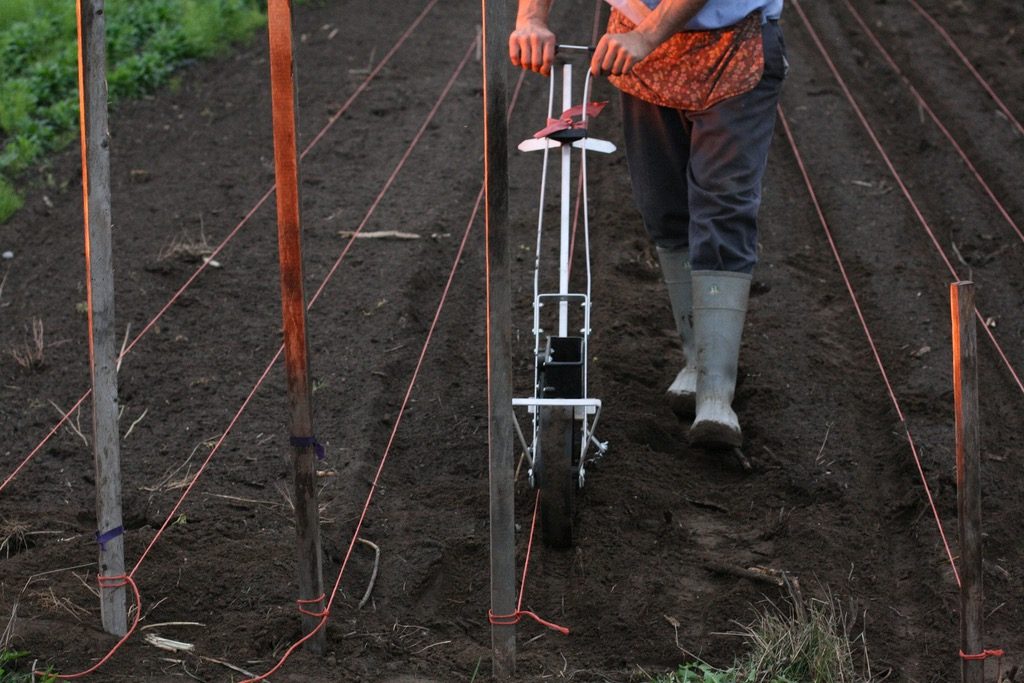
Note: for gardens in areas with extremely cold temperatures, you will likely need to wait until late winter/early spring to direct sow the flowers listed above.
Additional tips: When direct sowing seeds in the autumn, be sure to choose a site in your garden that will receive full sun. Prepare the bed by amending it with compost or manure. Be sure to rake the soil and smooth it out so that your seeder doesn’t get hung up on any clumps or debris.
For most varieties, we sow four rows per bed, spaced 9-12 inches apart with my old EarthWay Seeder from Johnny’s. We then string twine between posts anchored at either end of the beds to help guide us and keep our rows semi-straight. This technique also helps with weeding.
Even though it feels really strange to be thinking about spring right now, I promise it’ll be worth it. By taking a few minutes now to plan ahead, you’ll be better prepared to tuck a patch of hardy annuals into the garden this fall.

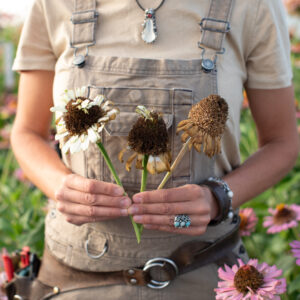
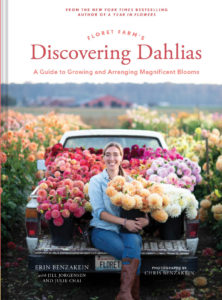
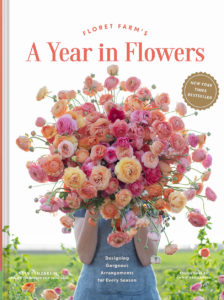
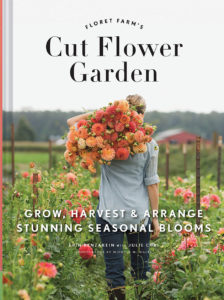

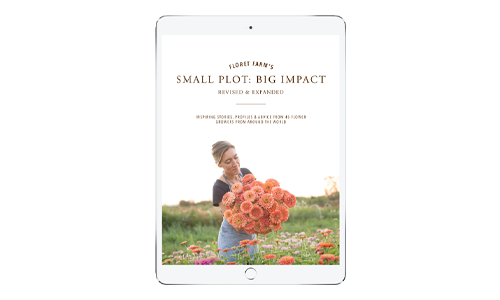
Shawn on
Hardy annuals are a favorite of mine! They thrive with minimal care and the Bees go crazy for them! I live in a very cold winter climate, so I sow in April in pots, trays and in the ground. In my veg garden I sow in long rows like a cutting garden mid spring. Thanks for this article! Great topic.